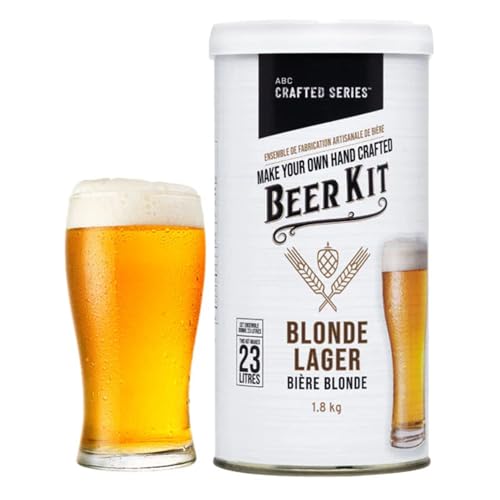Has anyone found any correlation between lower AA% hops and hop flavour/aroma.
I ask as I was looking at a recipe the other night using willamette and styrian goldings at 4% AA ish each.
Checked CML and their stocks for both are around the 2% mark.
I know AA contributes bitterness when boiled. Obviously if used for bittering I’d double up, but these would be hopstand additions in this case. Is there any reason to believe the hops in general (oils etc for hop flavour) would be less ‘powerful’ and as such the dose need increasing?
I ask as I was looking at a recipe the other night using willamette and styrian goldings at 4% AA ish each.
Checked CML and their stocks for both are around the 2% mark.
I know AA contributes bitterness when boiled. Obviously if used for bittering I’d double up, but these would be hopstand additions in this case. Is there any reason to believe the hops in general (oils etc for hop flavour) would be less ‘powerful’ and as such the dose need increasing?














